Building user-centric MVPs: a complete guide for UX designers
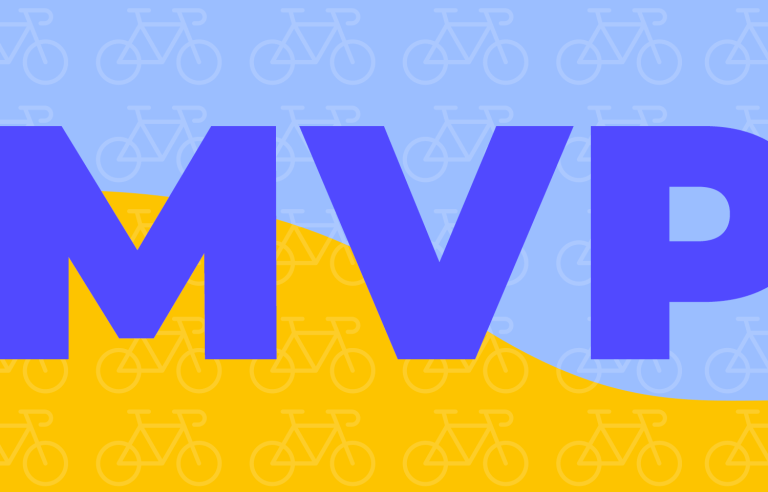
Before you build anything, understand who you're building for. This is your guide to user-centered MVP development. Discover how to put your users first!
Imagine building a house without knowing who will live in it. You wouldn’t know how many rooms, what layout, or which amenities to include. Similarly, crafting a successful product hinges on a solid understanding of its users.
Download Justinmind to design your MVP today. It’s free!
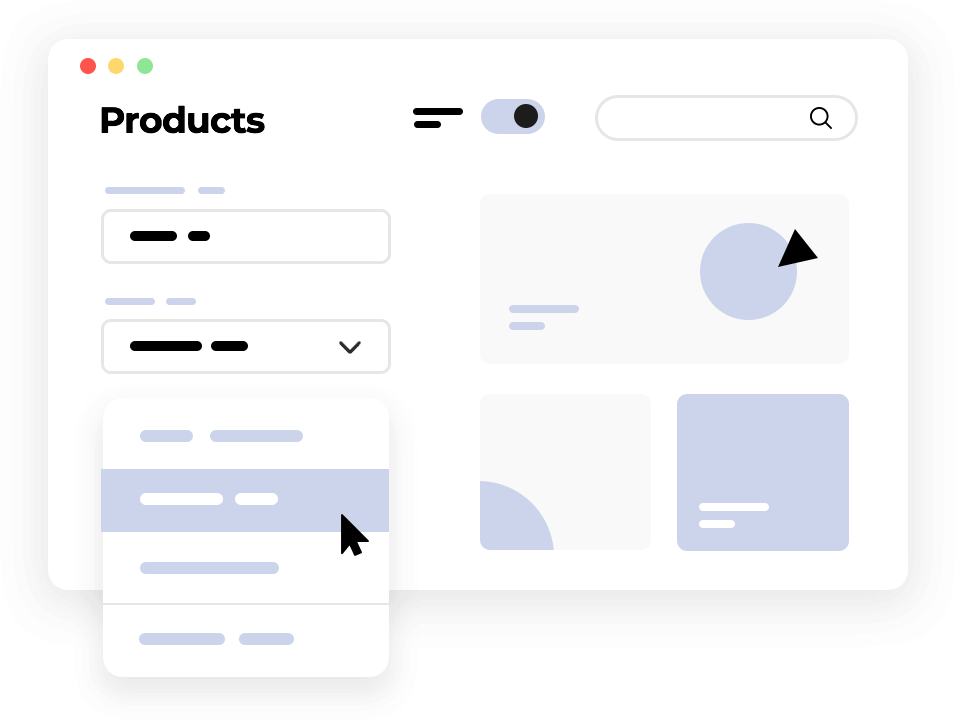
This guide will walk you through the essential steps of user research, highlighting how this crucial phase directly informs the creation of your Minimum Viable Product (MVP). We’ll explore how to translate user insights into a lean, functional prototype that validates your core assumptions and paves the way for a product that truly resonates.
Think of an MVP in UX design as a carefully crafted prototype, not a finished masterpiece. It’s the leanest version of your product, honed to deliver its essential function, like a single, perfectly tuned instrument in an orchestra. The goal isn’t to be feature-rich, but to be functional and insightful.
By putting this simplified version in front of real users, you’re essentially asking, “Does this solve your core problem?” Their feedback becomes your compass, guiding you through iterations and refinements. This process allows you to validate your assumptions about what users truly need, ensuring you invest your efforts in building a product that resonates and delivers genuine value.
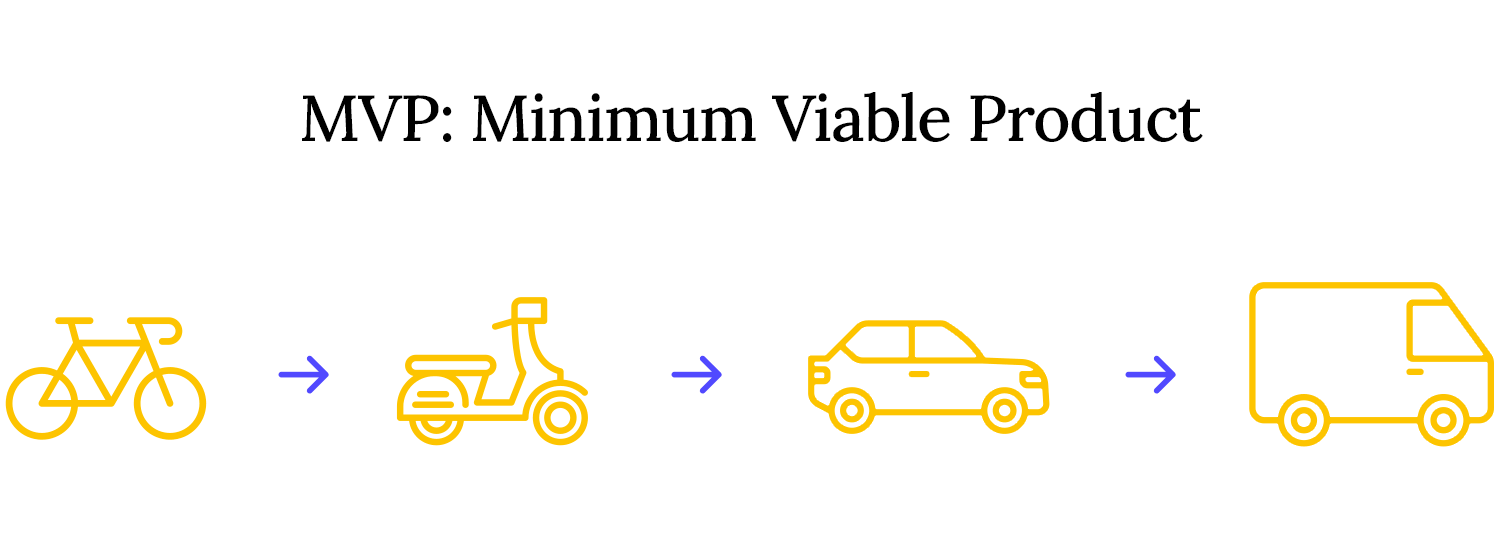
The journey to a successful MVP begins with thorough research and strategic planning. First, dive deep into market and user research to understand the landscape and your target audience.
A crucial step here is competitive analysis: identify your key competitors, dissect their products and strategies, and pinpoint where your offering can stand out by filling existing gaps or seizing new opportunities.
In parallel to this, user research will be initiated with creative brainstorming and ideation sessions. Generate mind maps and sketches to explore diverse approaches, always keeping the user’s needs at the forefront.
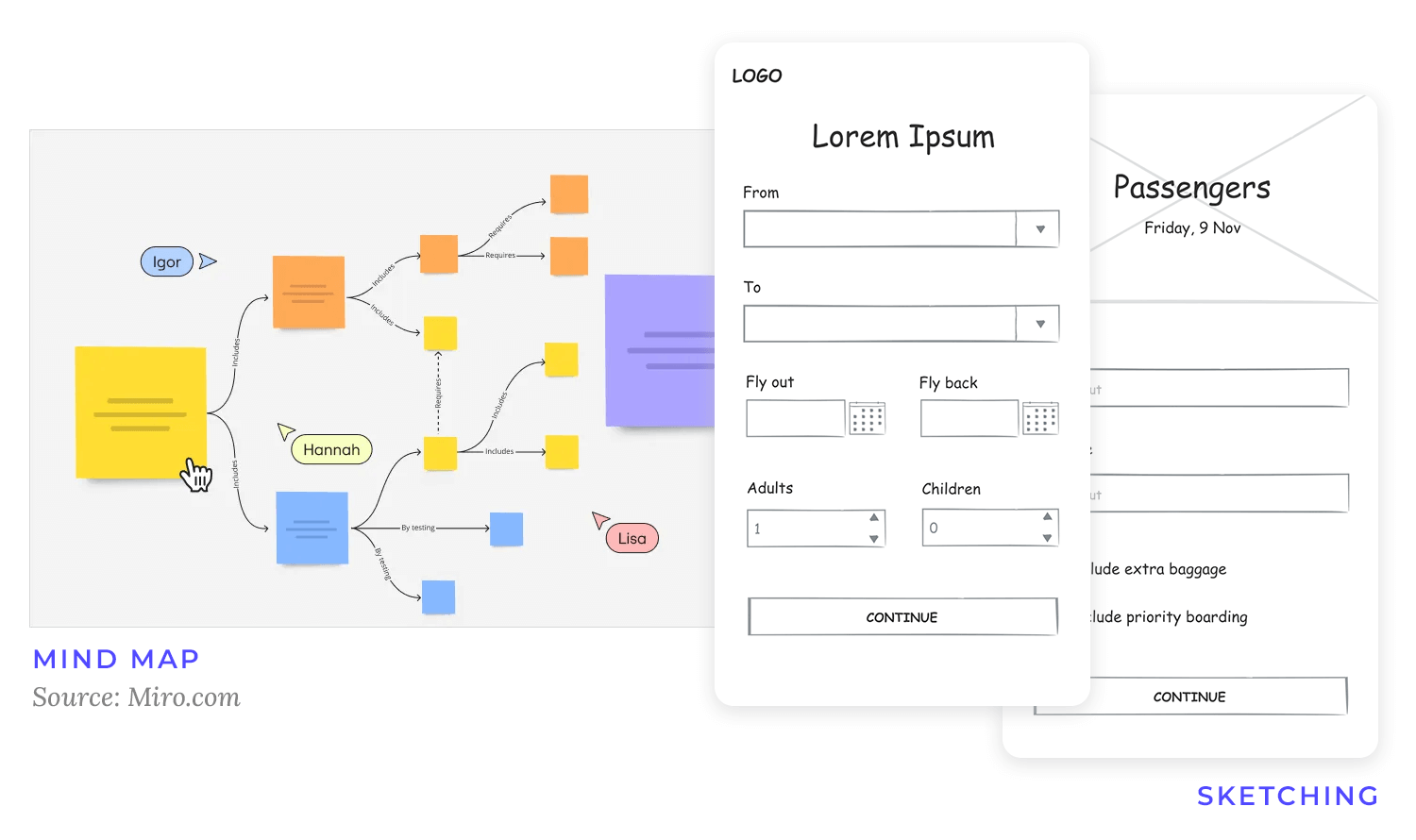
Clearly define your research objectives to ensure focused efforts. Develop a robust recruitment strategy to reach your target users, and prepare detailed interview scripts and research materials to gather valuable insights.
Once you’ve grasped the market and user needs, it’s time to delve into technical planning. Begin with a technical feasibility assessment, where you collaborate closely with developers. This involves evaluating the technical complexity and potential risks associated with your MVP, ensuring that your vision is actually implementable within your constraints.
Finally, create a high-level project timeline/roadmap. Identify crucial milestones, estimate realistic timelines for each development phase, and assemble a clear, overarching roadmap. This structured technical planning ensures that your MVP development is grounded in practical considerations and progresses smoothly toward your goals.
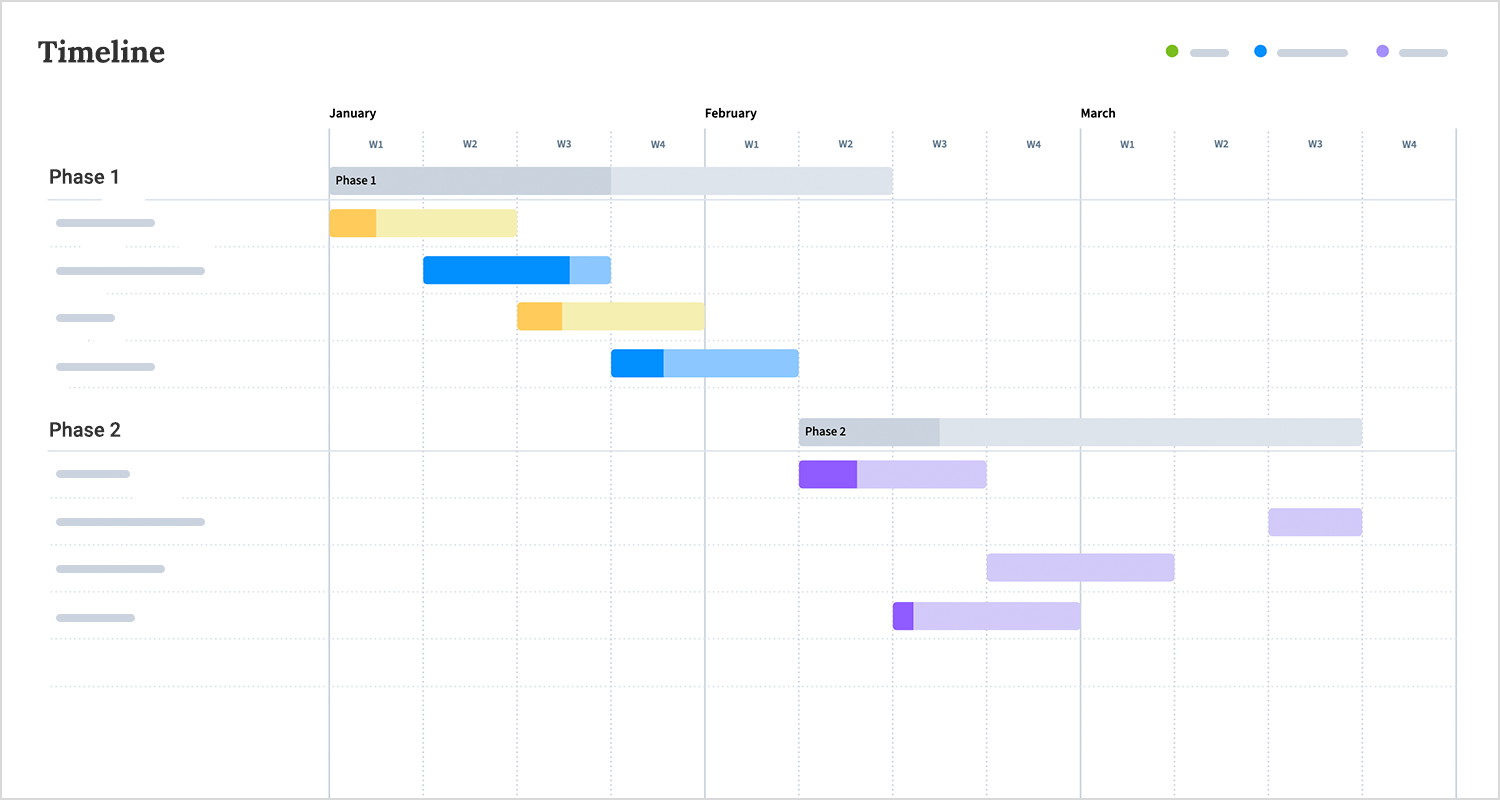
To ensure your MVP truly delivers valuable insights, it’s crucial to establish laser-focused objectives. Start by meticulously identifying key assumptions you’re making about your users and your product. From these assumptions, formulate testable hypotheses—clear, concise statements that you can validate or refute through user feedback.
Finally, define clear success metrics that will allow you to objectively measure the performance of your MVP and determine whether your hypotheses hold true. This disciplined approach to defining objectives provides a clear framework for your MVP development and ensures you’re gathering actionable data.

Begin by conducting thorough user research, employing methods like interviews, surveys, and usability testing to gather rich qualitative and quantitative data.
Synthesize this information to develop detailed user personas, representing your ideal users with their distinct characteristics, behaviors, and goals. Delve deeper to understand user motivations and pain points, uncovering the underlying reasons behind their actions and the challenges they face.
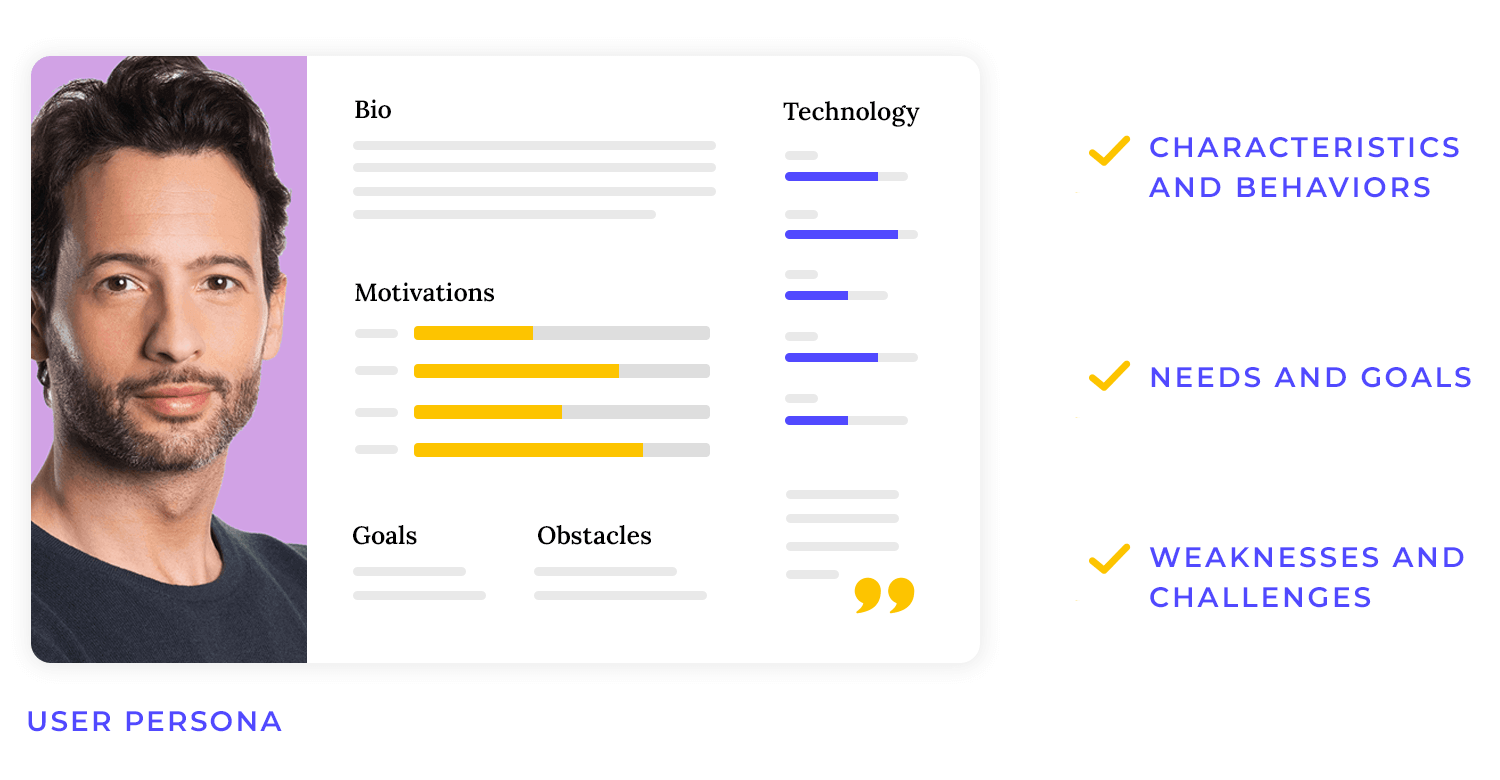
Understanding your users’ needs and pain points is the heart of a successful MVP. First, identify user needs through research, using methods like interviews, surveys, and observational studies to gather comprehensive data.
Next, prioritize user needs based on impact, focusing on those that are most critical and will deliver the greatest value to your users. Finally, map user needs to features, ensuring that each feature directly addresses a specific user need and contributes to solving their pain points. This structured approach ensures that your MVP is not just functional, but also genuinely helpful and user-centered.
When it comes to building an MVP, you can’t include everything. That’s where feature prioritization comes in. One popular method is the MoSCoW method, which categorizes features into Must have, Should have, Could have, and Won’t have.

Another effective technique is the value vs. effort matrix, where you plot features based on their potential value to the user and the effort required to implement them. The key takeaway is to focus on high-value, low-effort features.
These are the “quick wins” that deliver significant value to users with minimal development effort, allowing you to validate your core assumptions and gather valuable feedback quickly.
Download Justinmind to design your MVP today. It’s free!

Start by creating user flows to map out the various paths users might take within your MVP. These visual representations help you understand the logical progression of interactions and identify potential bottlenecks.
Next, develop detailed user scenarios to illustrate specific interactions, describing how users would accomplish tasks and achieve their goals. By walking through these scenarios, you can identify potential usability issues early in the development process, allowing you to refine your design and create a more intuitive and user-friendly MVP.
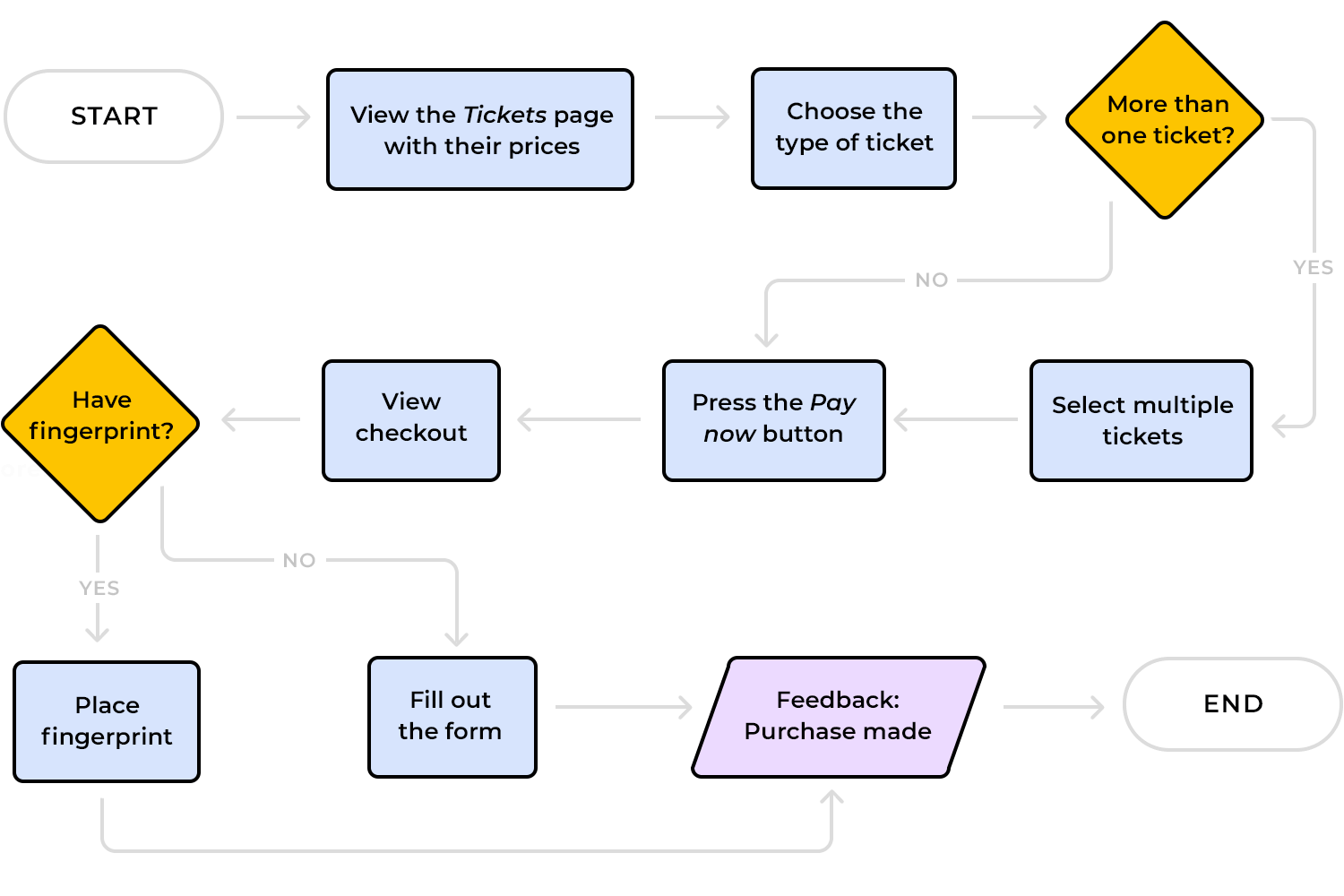
In the realm of MVP development, strategic UI design emphasizes practicality and efficiency. Start by focusing on clear navigation, ensuring users can easily find their way around the product and accomplish their tasks without confusion. An intuitive user interface is paramount, minimizing the learning curve and making the MVP accessible to a broad audience.
Above all, prioritize function over visual design. While aesthetics are important in the long run, the MVP’s primary goal is to validate core functionality and gather user feedback. Therefore, prioritize a clean, uncluttered interface that allows users to focus on the essential tasks and provide valuable insights.
When it comes to fidelity selection, think of it as a progression: start with quick and dirty low-fidelity prototypes for early, rapid testing, then move to mid-fidelity prototypes for more in-depth usability testing, and finally, polish it off with high-fidelity prototypes for that crucial final validation.
Your development focus should be laser-sharp: stick to the essential features, prioritize a smooth and intuitive user experience, and resist the urge to add anything extra that might clutter your MVP. And most importantly, put accessibility first. This means adhering to accessibility guidelines from the start, testing with users with disabilities, and ensuring your design is inclusive for everyone. This structured approach helps you build a strong, user-centered MVP that delivers value.
In the development phase of your MVP, remember these three key principles: focus on essential features, ensure a smooth user experience, and resist adding unnecessary features. You create a lean and effective MVP by prioritizing the core functionalities that directly address your users’ needs.
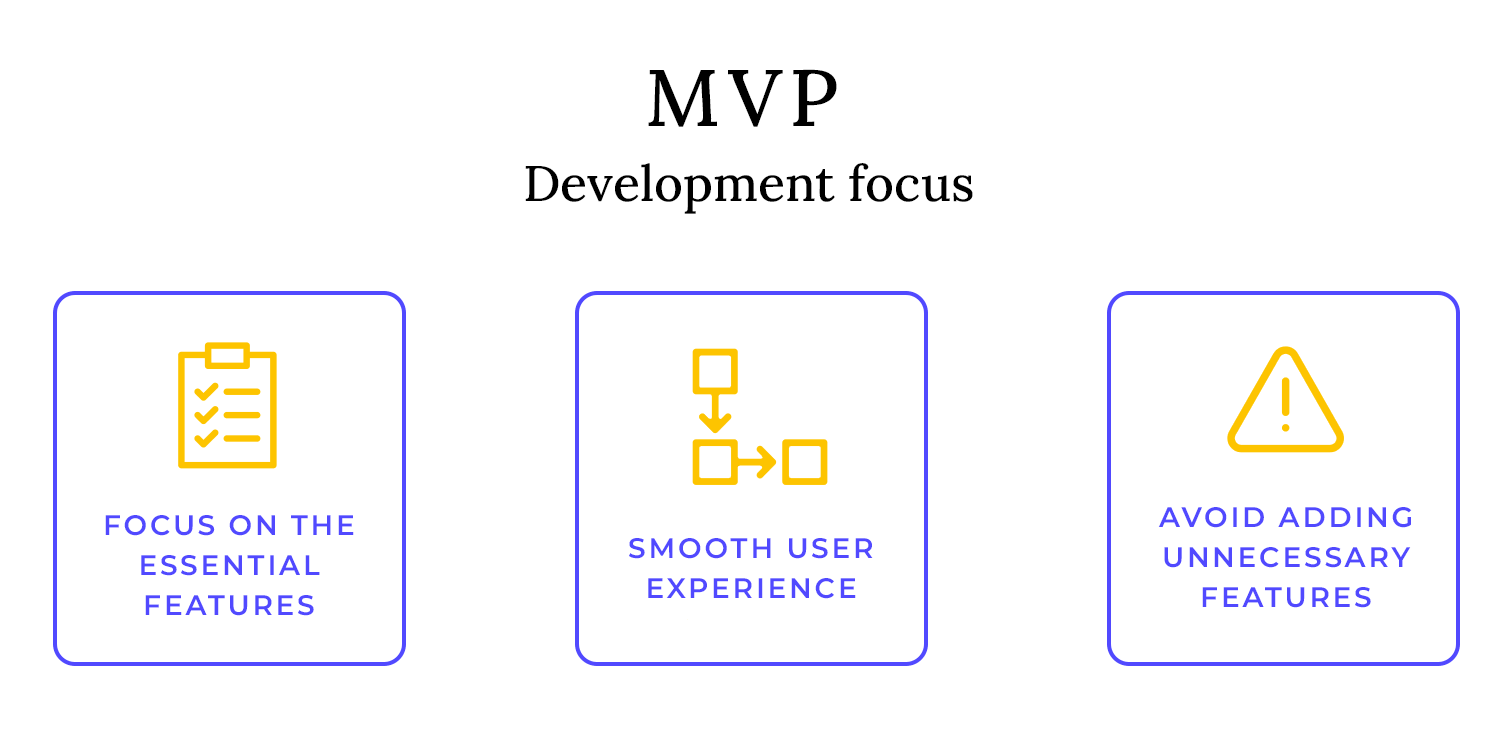
A smooth user experience minimizes friction and allows users to easily navigate and interact with your product, leading to valuable feedback. And by avoiding feature creep, you prevent your MVP from becoming bloated and maintain its focus on validating your core assumptions.
Accessibility first means baking inclusivity into every stage of your MVP development. Begin by rigorously adhering to accessibility guidelines like WCAG, ensuring your product is usable by people with diverse needs.
Critically, test with users with disabilities to gain firsthand insights into their experiences and identify potential barriers. Finally, ensure inclusivity in design by considering diverse perspectives and needs throughout the process, from user research to UI design.
To get truly valuable feedback on your MVP, you need the right testers. That’s why targeted user recruitment is so important. Start by carefully recruiting users who represent your target market, ensuring their experiences and perspectives align with your intended audience. Don’t rely on just one approach; use a variety of recruitment methods to reach a wider pool of potential testers, including online platforms, social media, and even in-person outreach.
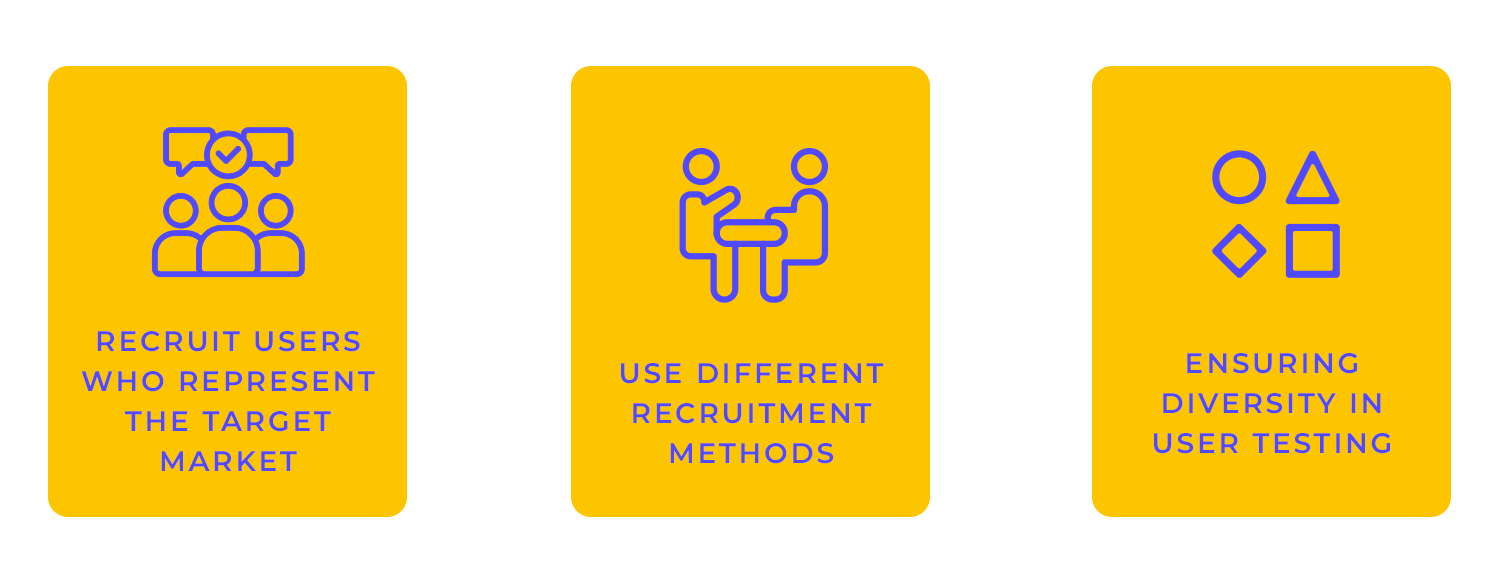
Most importantly, ensure diversity in user testing. Include individuals with different backgrounds, abilities, and perspectives to uncover a broader range of insights and identify potential usability issues that might otherwise be missed.
A rigorous test plan is the backbone of effective MVP evaluation. Begin by defining clear test objectives – what specific aspects of your MVP are you aiming to validate? Next, identify key metrics to track that will provide quantifiable data on your objectives, such as task completion rates, error rates, or user satisfaction scores.
Finally, develop specific test tasks that simulate real-world scenarios, allowing you to observe user interactions and gather relevant feedback. This structured approach ensures your testing is focused, measurable, and provides actionable insights for iteration.
Download Justinmind to design your MVP today. It’s free!

Start by defining clear test objectives – what specific aspects of your MVP are you aiming to validate? Next, identify key metrics to track that will provide quantifiable data on your objectives, such as task completion rates, error rates, or user satisfaction scores.
Finally, develop specific test tasks that simulate real-world scenarios, allowing you to observe user interactions and gather relevant feedback. This structured approach ensures your testing is focused, measurable, and provides actionable insights for iteration.
When applicable, A/B testing offers a powerful way to refine your MVP. This involves testing different design variations with separate groups of users, allowing you to directly compare their performance. You can determine which design elements resonate most effectively with your target audience by measuring user engagement and conversion rates.
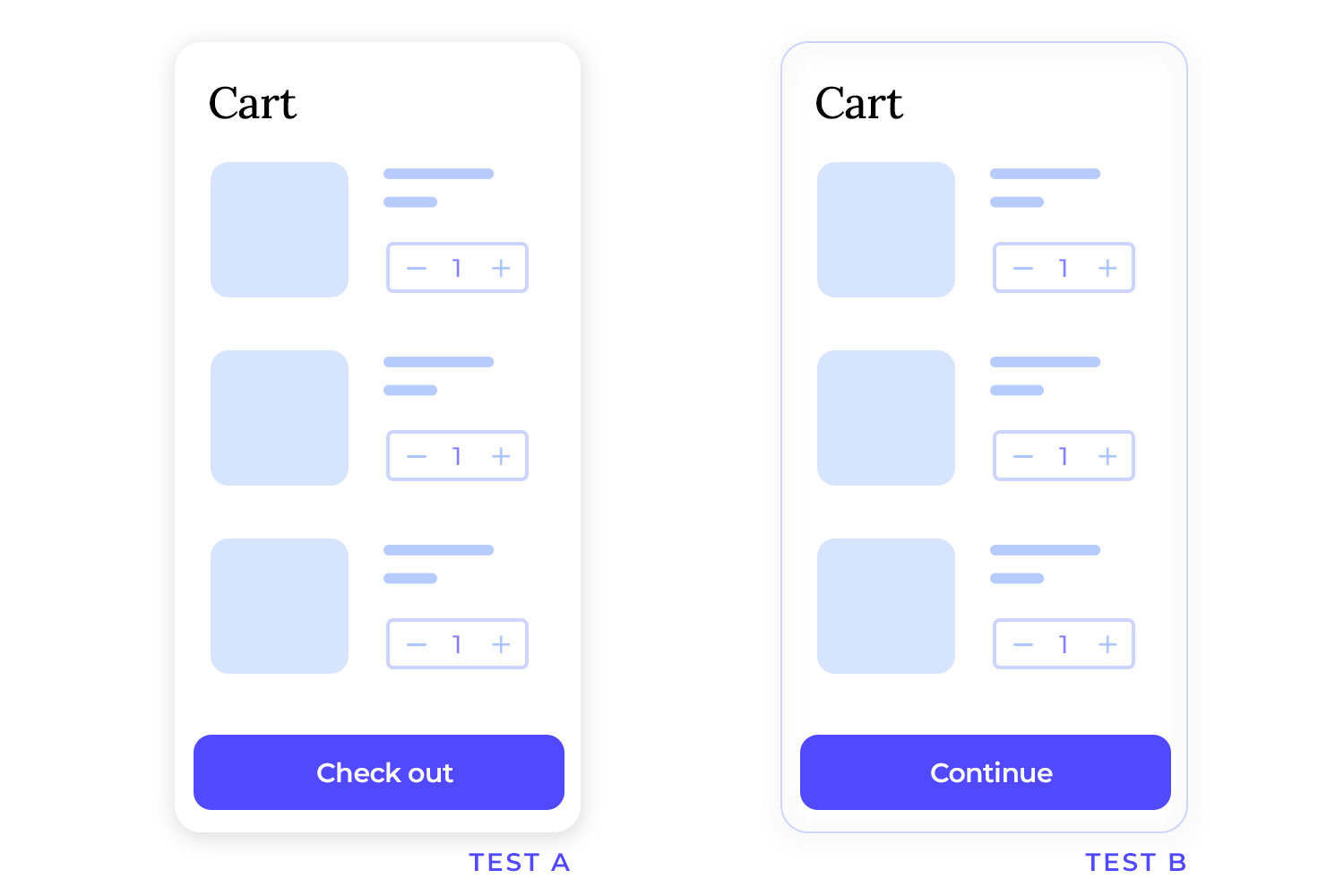
Finally, optimize your design based on A/B testing results, incorporating the winning variations to enhance the user experience and drive desired outcomes. This data-driven approach allows you to make informed design decisions, ensuring your MVP is continuously improved based on concrete user behavior.
The journey of an MVP doesn’t end with its initial release; it’s a cycle of iteration and refinement. This process is driven by data-driven decisions and continuous improvement. Start by using gathered data to validate design decisions, ensuring changes are grounded in user behavior rather than assumptions. Track key metrics to measure success and identify areas for optimization. Importantly, avoid making changes based on assumptions, relying instead on concrete data and user feedback.
Continuously test and iterate on the design, embracing a culture of ongoing improvement. Be prepared to adapt to user feedback and changing market conditions, ensuring your MVP remains relevant and effective. This iterative approach allows you to evolve your MVP, creating a product that consistently meets user needs and stays ahead of the curve.
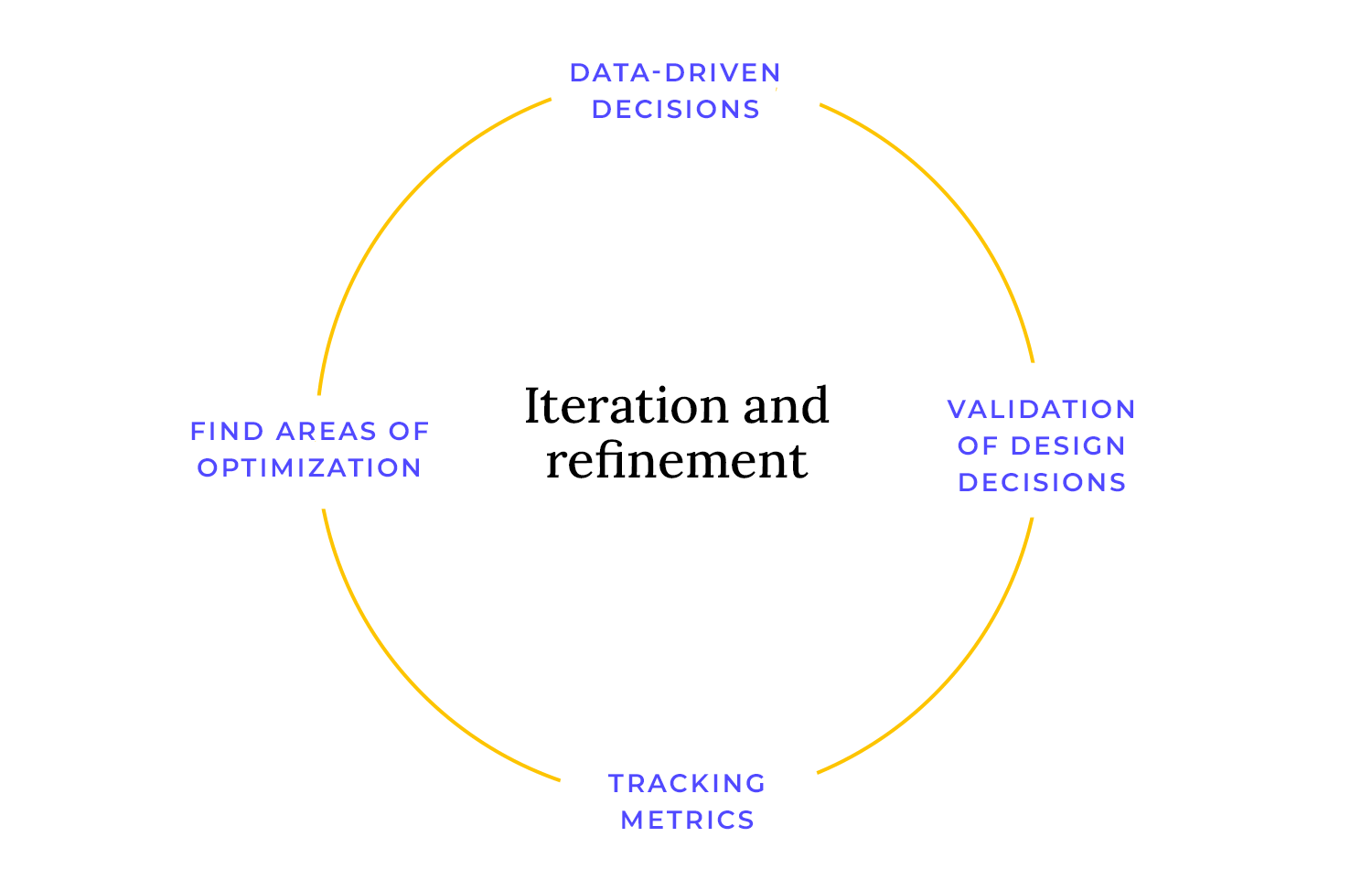
The final stage of your MVP journey involves a crucial decision: pivot or persevere. To make this determination, you must diligently monitor market trends and user feedback, staying attuned to changes and emerging needs. Be willing to pivot if necessary, adapting your product or strategy if the data indicates a fundamental shift is required.
However, it’s equally important to know when to persevere and continue refining the product. Sometimes, minor adjustments and persistent iteration are all that’s needed to unlock the MVP’s full potential.
Download Justinmind to design your MVP today. It’s free!

Begin by documenting assumptions, which involves creating a comprehensive list of all key assumptions about your users, their needs, and the product’s functionality.
Next, prioritize assumptions based on risk, focusing on those that, if proven false, could significantly impact the MVP’s success. Finally, design tests to validate assumptions, creating specific experiments and user research activities to gather data and determine whether your hypotheses hold true.
This begins with developing a comprehensive design system, which outlines the visual style, UI components, and interaction patterns for your product. Employ consistent UI elements throughout the MVP, ensuring that buttons, forms, and other interface elements have a unified look and feel.
This begins with developing a comprehensive design system, which outlines the visual style, UI components, and interaction patterns for your product. Employ consistent UI elements throughout the MVP, ensuring that buttons, forms, and other interface elements have a unified look and feel.
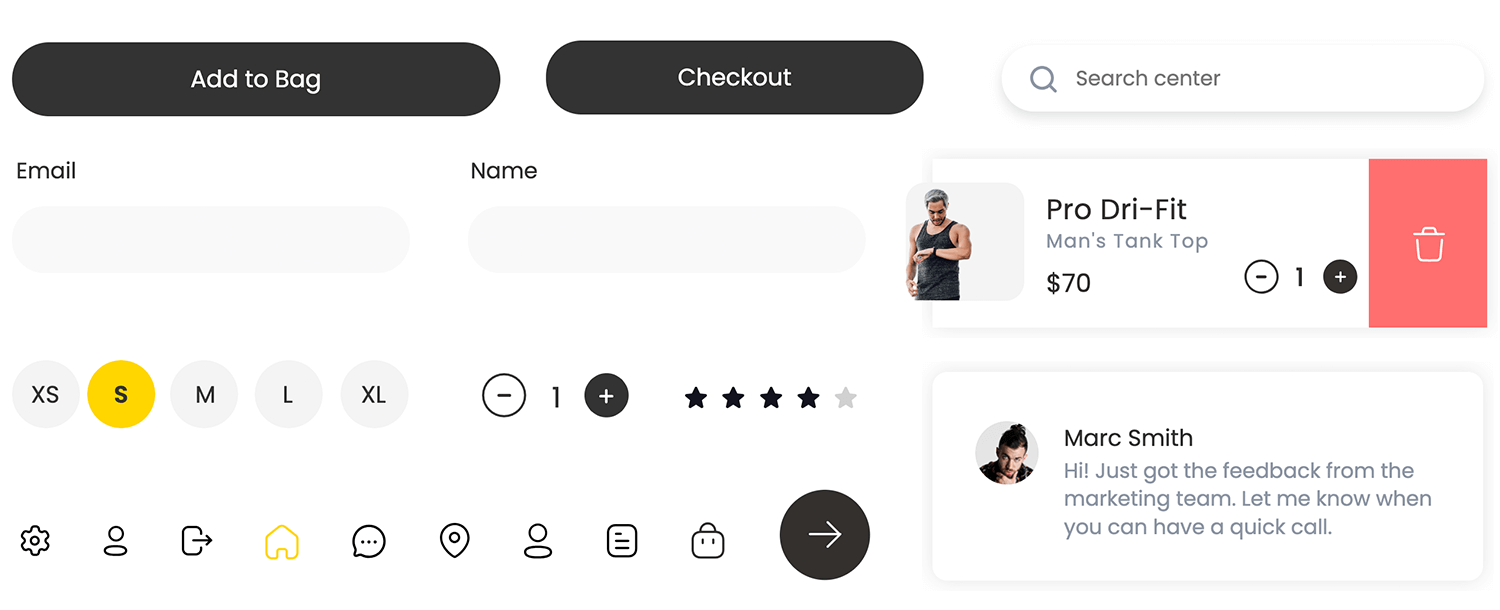
This consistency contributes to a more intuitive and user-friendly experience. Ultimately, strive to ensure a cohesive brand experience, aligning the MVP’s design with your overall brand identity. This reinforces brand recognition and builds trust with your users, even in the early stages of product development.
Effective MVP development requires organized feature management, and a product backlog is the perfect tool. Start by using a product backlog to systematically manage features, ensuring that all ideas and tasks are captured in one central location.
Then, prioritize features based on user value, focusing on those that will deliver the most significant benefits to your target audience. Finally, actively track user feedback and incorporate it into the backlog, continuously refining and updating your feature priorities based on real-world insights.
Doing this ensures that your development efforts remain aligned with the overarching product vision. As you gather user feedback and learn more about your target audience, be prepared to adjust goals as needed based on learnings.
This flexibility allows you to adapt to changing circumstances and ensure that your MVP continues to deliver valuable insights and progress towards your long-term objectives. This iterative review process helps maintain focus and ensures that the MVP remains a valuable tool for product development.